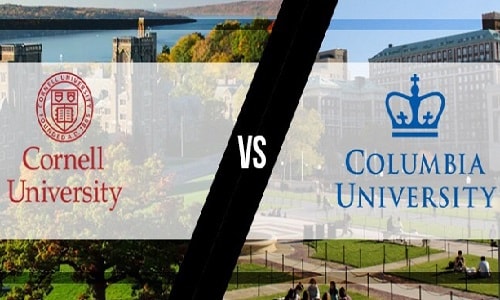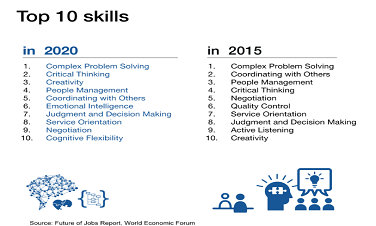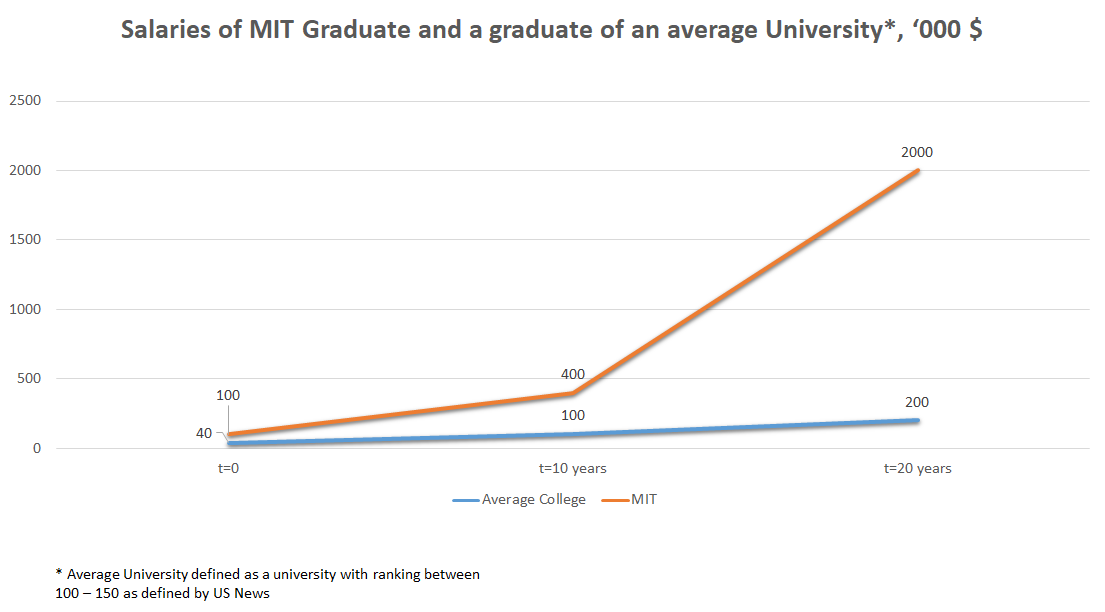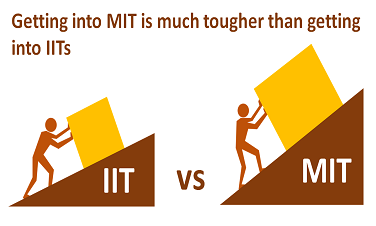Indian Curriculum VS International Curriculum
- Written by UnivAdmitHelp
- Category: Insights & Information
- Published on 05 Jun 2024
Once upon a time, in the bustling world of education, there existed two paths that students and parents could choose from: the familiar Indian curriculum and the enticing international curriculum. Each path had its own charms and challenges, offering a unique set of opportunities for students to explore their potential and shape their future.
Indian Curriculum VS International Curriculum
The Indian curriculum, deeply rooted in tradition and culture, provides a strong foundation in subjects like Mathematics, Science, Social Studies, and Languages. It emphasises rote learning and memorization, preparing students for competitive exams like the JEE, NEET, and board exams. This curriculum has produced brilliant minds and successful professionals, shaping the backbone of India's workforce.
On the other hand, the international curriculum, with its focus on critical thinking, creativity, and practical application of knowledge, offers a more holistic approach to education. Students following this curriculum delve into a diverse range of subjects, engage in project-based learning, and develop a global perspective that transcends borders.
But why should Indian students consider transitioning from the familiar Indian curriculum to the dynamic international curriculum?
The face of education in India is changing rapidly, with a shift towards producing well-rounded individuals with multidisciplinary exposure rather than traditional specialisation. Modern education promotes students' abilities to think beyond clichés. New-age universities like Ashoka, Flame, Plaksha, and Krea focus on liberal arts-based education, exposing students to interdisciplinary subjects that enhance their problem-solving skills beyond the rigid curriculum. Their admission processes reflect this mindset, evaluating students not just on academics but also on their interests in extracurricular and co-curricular activities, volunteer work, and other pursuits beyond academics.
Imagine a student named Aditya, who has excelled in the Indian curriculum, scoring top grades in his board exams. While he is well-versed in theoretical knowledge, he lacks practical skills like critical thinking, communication, and problem-solving. As Aditya contemplates his future, he realises that transitioning to an international curriculum could open doors to a world of opportunities beyond his imagination.
Transitioning from an Indian curriculum to an international curriculum is like embarking on a transformative journey.For students and parents standing at the crossroads of education, the decision to transition should be guided by careful consideration of their goals, aspirations, and abilities. While the Indian curriculum lays a strong foundation for academic excellence, the international curriculum offers a pathway to a more holistic and well-rounded education.
Here are some key considerations on when and how a student can make this transition effectively:
When to Transition: If at all
- **After Class 10:** Many students choose to transition from the Indian curriculum to the international curriculum after completing their Class 10 board exams. This is a common juncture where students have the flexibility to explore different educational paths for their higher secondary education.
- **Before Class 11:** Some international curriculum schools may have specific entry requirements or timelines for admissions, so it's advisable for students to start the transition process before entering Class 11. This allows ample time for research, preparation, and application to international schools.
- **Based on Career Goals:** Students aspiring for careers that require a global perspective, such as international business, research, or academia, may benefit from transitioning to the international curriculum earlier in their academic journey to build relevant skills and knowledge.
How to Transition:
- **Research and Planning:** Begin by researching different international curriculum options such as IB (International Baccalaureate), Cambridge International, or CBSE International. Understand the curriculum structure, subjects offered, assessment methods, and the overall ethos of the program.
- **Consultation:** Seek guidance from teachers, career counsellors, and education consultants who can provide insights on the transition process, suitable curriculum choices, and potential challenges. They can also help in shortlisting schools that offer the desired international curriculum.
- **Skill Assessment:** Evaluate your current skill set, strengths, weaknesses, and areas for improvement. The international curriculum places a strong emphasis on critical thinking, creativity, communication, and research skills, so identify areas where you may need to develop these competencies.
- **Language Proficiency:** Some international curricula may require proficiency in English or other languages. If language proficiency is a barrier, consider enrolling in language courses or workshops to enhance your communication skills.
- **Admissions Process:** Prepare for the admissions process by gathering necessary documents, writing a compelling personal statement, and completing any entrance exams or interviews required by the international schools. Pay attention to application deadlines and submission requirements.
- **Transition Support:** Once admitted to an international curriculum school, seek support from teachers, mentors, and peers to ease the transition process. Familiarise yourself with the new curriculum, teaching methods, and assessment criteria to adapt effectively to the new learning environment.
By carefully considering the timing of the transition and following a structured approach to the process, students can successfully transition from the Indian curriculum to the international curriculum and embark on a rewarding educational journey that broadens their horizons and prepares them for success in a globalised world.
As Aditya takes the leap of faith into the world of the international curriculum, he discovers a newfound passion for learning, a sense of curiosity that knows no bounds, and a confidence to face the challenges of tomorrow. With each step he takes, Aditya realises that education is not just about grades and certificates; it's about discovering oneself, pursuing one's passions, and making a difference in the world.
In conclusion, the journey from the Indian curriculum to the international curriculum is a personal and transformative experience that shapes the future of students in profound ways. By embracing the best of both worlds, students can chart a course that combines academic excellence with global competence, paving the way for a bright and successful future ahead. So, dear students and parents, as you stand at the educational crossroads, remember that the path you choose today will define the journey you embark on tomorrow. Choose wisely, embrace change, and let your education be the guiding light that illuminates your path to success.
Recent Posts
-
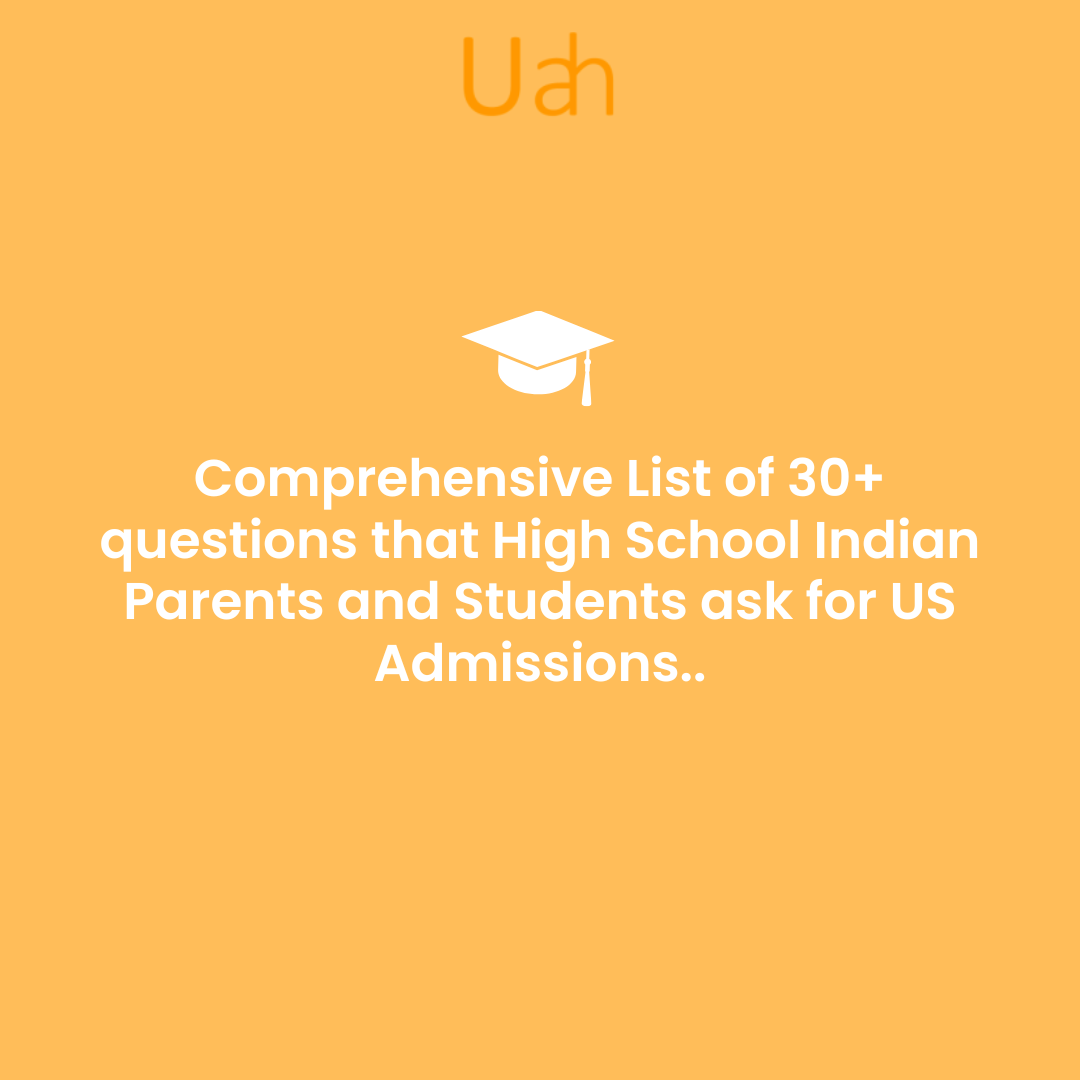
Comprehensive List of 30+ questions that High School Indian Parents and Students ask for US Admissions..
-
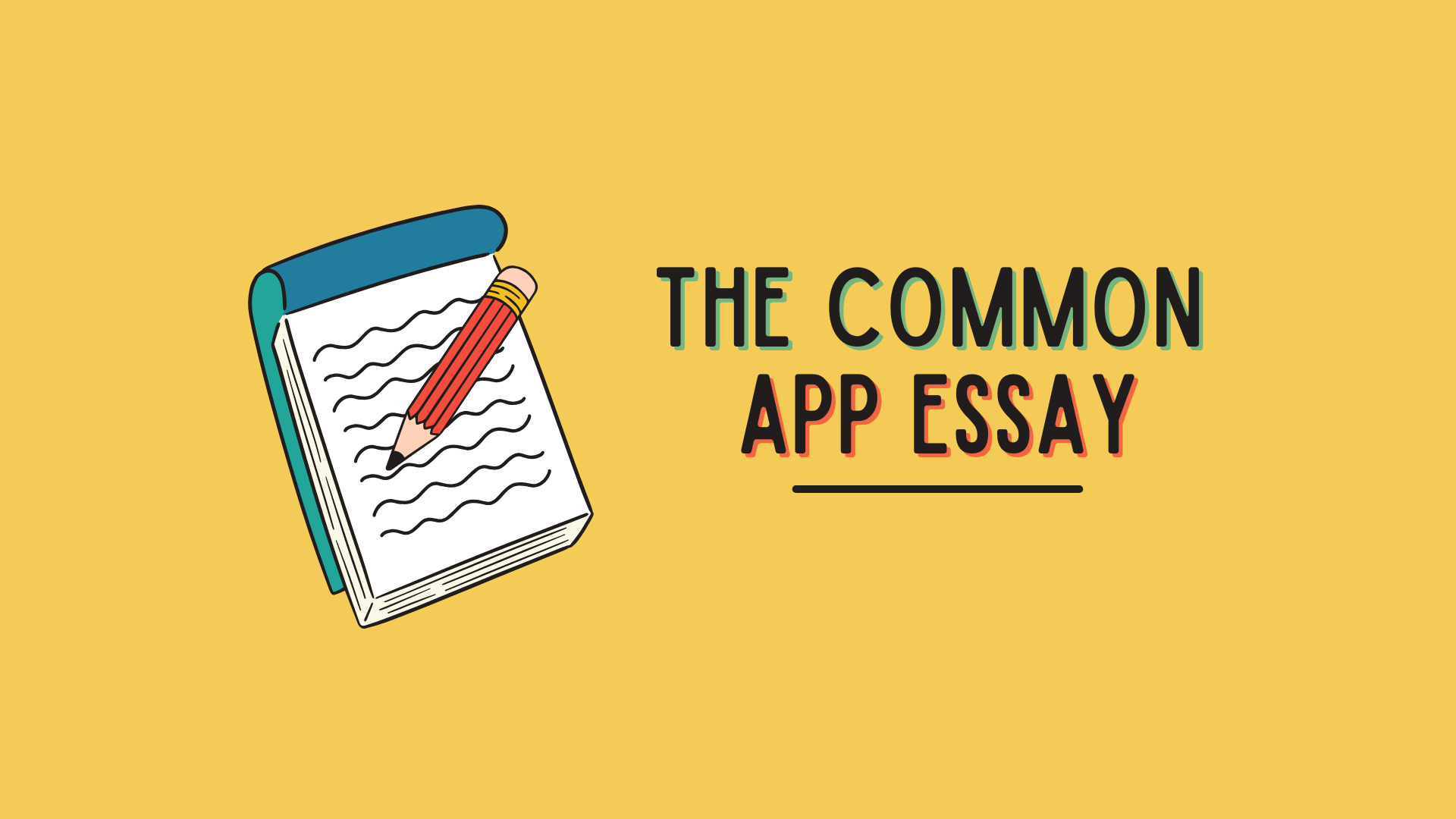
Common App Essay Tips 2025
-
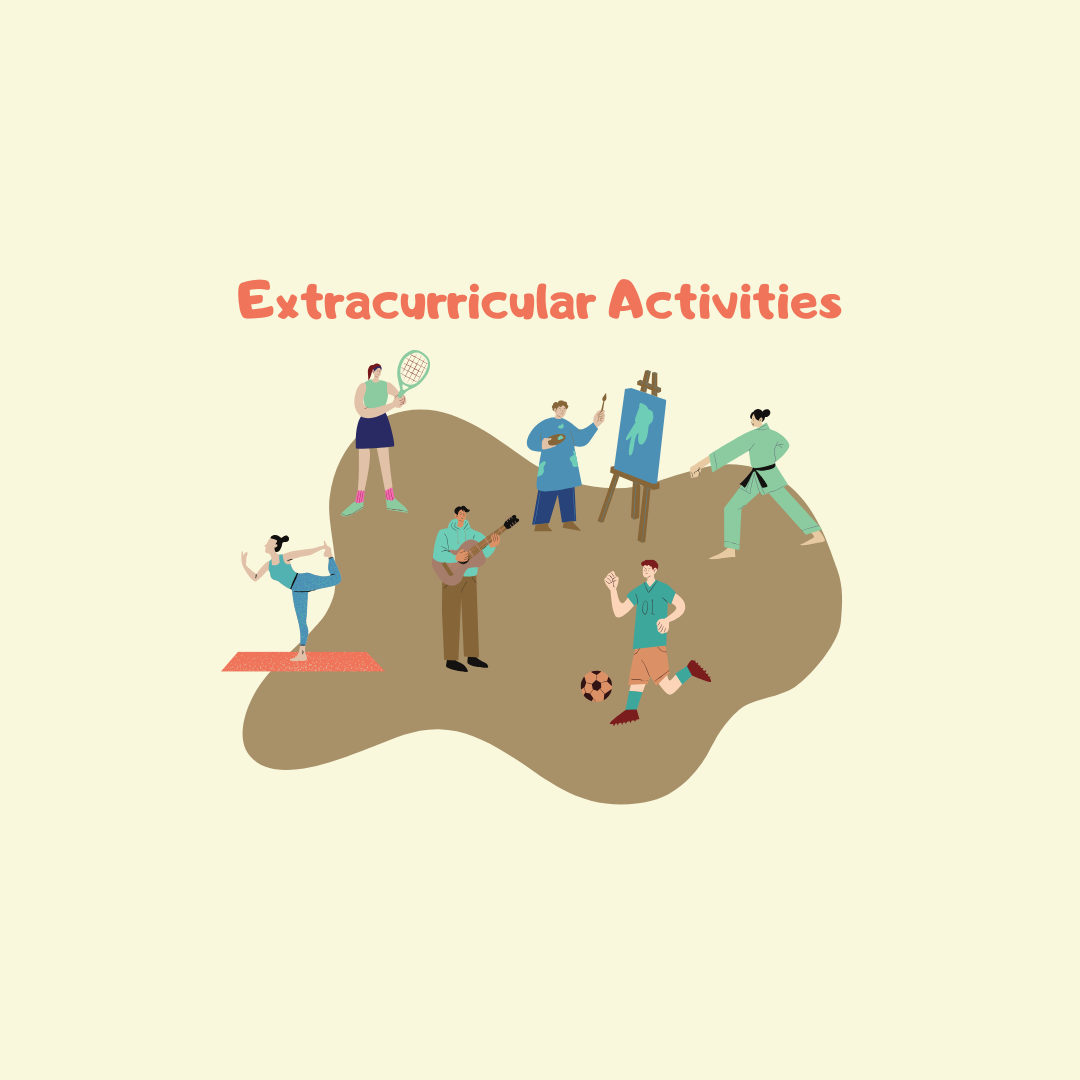
Best extra-curricular activities for college admission for Indian students
-

How Many Universities Should You Apply To? Expert Tips for U.S. and U.K. Admissions for Indian Students
-

Step-by-Step Guide to Creating an Exceptional Capstone Project for Indian Students
